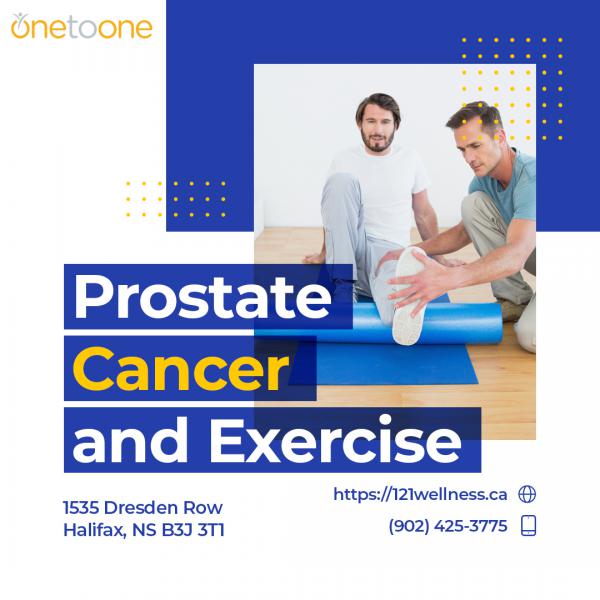
November. A month where men become a little warmer and (typically) a little uglier due to a bit more fuzz on that upper lip. One of the main objectives of November is to bring awareness to prostate cancer, the leading cancer diagnosis in men (1). Due to campaigns such as Movember, we are seeing more and more support for the use of exercise in cancer care.
The Power of Exercise
According to the Ontario Cancer Care Guidelines for Exercise and the Clinical Oncology Society of Australia, exercise should be an integral part of every cancer patients treatment plan from diagnosis to post-treatment (2,3). With respect to prostate cancer and the effects of the treatments associated with it, exercise has been shown to improve and/or manage(4):
- Body composition
- Physical functioning
- Total Cholesterol
- Sexual function
- Fatigue
- Psychological distress
- Pain
- Nausea
- Diabetes
- Obesity
- Osteoporosis
Exercise goes beyond side effect management and into improving survival rates for prostate cancer survivors. When looking at recurring prostate cancer resulting in death, men who participated in vigorous exercise > 3 hrs/week lowered their risk by 61% compared to those who participated in < 1hr/week However, if you are not at the capacity to exercise at a vigorous level, please do not be alarmed, as those who participated in a moderate exercise for <1hr/week lowered their all cause mortality risk by 46% (5).
Through all that scientific medical jargon, the main takeaway is ANY amount of exercise is beneficial for you and should be started as soon as possible.
Please Speak Up
One of the more concerning stats I have seen is that 82% of survivors of prostate cancer report their supportive care needs are not met (6), but they are also less likely to bring these concerns up to healthcare professionals, especially if it involves sexual dysfunction (6). Therefore, I encourage you to share with your healthcare team if you are experiencing any symptoms listed below (or any others) (4,8):
Sexual dysfunction; Including but not limited to: Erectile dysfunction, orgasm changes, penile shortening (95% of men)
Bowel/Bladder dysfunction (50% of men)
Loss of libido
Hot flashes
Night sweats
Irritability
Breast development
It is indisputable that a supervised exercise program is one of the best medicines you can provide yourself. It improves physical, social, emotional, and mental wellbeing, all of which can be impacted by a cancer diagnosis and the side effects of treatments. It can be challenging and difficult to initiate this process, so if you don’t know where to start or if you are experiencing any symptoms above, please reach out and ask for help.
For more information on pain management, activity and exercise in cancer management please check out more blogs at https://121wellness.ca/blog/ or https://lifestyle.truenth.ca/




